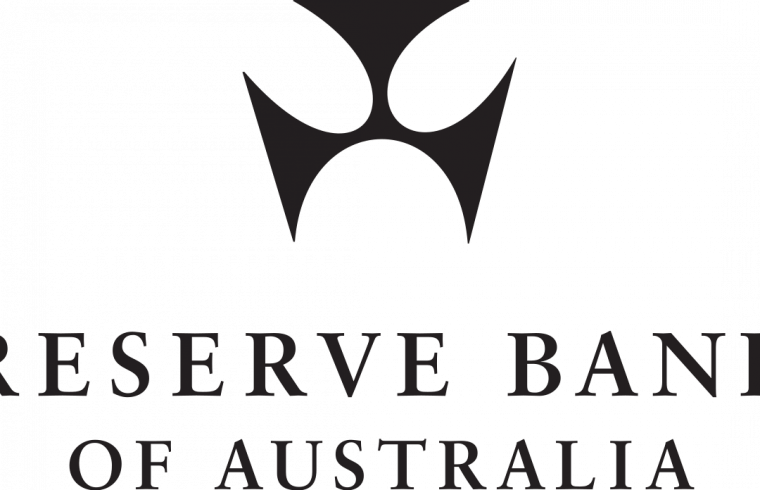Today the Global Foreign Exchange Committee (GFXC) has established its areas of focus for updating the FX Global Code. It has also reiterated the need for greater adoption of the Code amongst buy-side market participants.
On the first day of its two-day meeting held in Sydney on 4-5 December, the GFXC discussed the feedback on the Code that it had received from market participants and agreed to focus its work on the following areas:
- Buy-Side Outreach. The Working Group on Buy-Side Outreach presented further materials they had developed for promoting the Code to buy-side participants, including a frequently-asked-questions (FAQ) about the Code and case studies of buy-side firms that have adopted the Code. The GFXC will publish these materials on the GFXC’s website in the New Year. Nevertheless, the GFXC recognised that further work remains to be done to gain greater adherence to the Code amongst the buy-side and to address the issues raised in the feedback on the Code. Hence the Working Group will continue its work in this area.
- Anonymous trading. The GFXC’s Working Group on Disclosures presented its work on anonymous E-trading platforms, highlighting several areas where additional guidance in the Code might be appropriate. This includes usage of ‘tags’ (unique identifiers) and the roles and responsibilities of the different market participants, including prime brokers. A report describing the anonymous E-Trading landscape will be published by the GFXC in the New Year.
- Disclosures. The GFXC acknowledged that the clarity and adequacy of some elements of disclosures made by market participants remained an issue, as shown by the recent GFXC Survey results and other market feedback. The GFXC had published supplemental material aimed at strengthening the disclosure landscape in February 2019, but adoption so far appeared slow. A working group will be set up to focus on ways to accelerate the adoption of more effective disclosures.
- Algorithmic trading and Transaction Cost Analysis (TCA). The GFXC agreed that the increasing usage of algorithmic execution warranted a review of the Code’s existing guidance in this area. It was also decided to consider how guidance around TCA could be incorporated into the Code.
- Execution principles. The GFXC discussed the extensive feedback on various execution principles in the Code, particularly those dealing with pre-hedging and last look. It was agreed that there was a clear need to respond to this feedback.
The main output of the five working groups will comprise explanatory material to market participants on the Code’s guidance in these areas. In some instances, the GFXC would also consider small modifications to the wording of the principles.
Commenting on the feedback, GFXC Chair Guy Debelle said “the strong consensus from the feedback is the Code remains fit-for-purpose. There are, however, a few key areas which warrant close review to ensure the Code is providing appropriate guidance and contributing to an effectively functioning market. The Code also needs to remain in step with the evolution of the FX market.”
The GFXC also discussed the broader findings from its Annual Survey of market participants conducted in September and October. Results presented by the GFXC’s Working Group on Embedding the Code show that:
- adoption of the Code has continued to increase amongst survey respondents. While most use the Statement of Commitment they do not always post it on a public register;
- the majority of respondents using algorithms do so to improve their execution outcomes and minimise information leakage. Respondents that opt not to, note that algorithms do not suit their trading style; and
- perceptions of the overall quality of disclosures were broadly positive although the picture was more mixed with regards to disclosures around the use of last look and pre-hedging, with sell-side and buy-side participants having different views.
The GFXC agreed to publish a summary of the Survey results in the New Year.
The GFXC discussed the approaches taken by market participants to training and educating their staff on the Code. The ACI Financial Markets Association briefed the GFXC about their education programs relating to the Code.
The second day of the GFXC meeting will feature updates from the local foreign exchange committees and a discussion on practices relating to FX benchmarks.
The GFXC meeting is being led by its Chair, Guy Debelle of the Reserve Bank of Australia, and its co-Vice Chairs, Akira Hoshino of Citi and Neill Penney of Refinitiv. The next meeting of the GFXC will be held in Zurich in June 2020 and be hosted by the Swiss National Bank.
Additional materials from the work discussed above, along with the minutes from the meeting, will be published in the New Year.
For additional details on the GFXC and the FX Global Code, visit the GFXC website: www.globalfxc.org.












